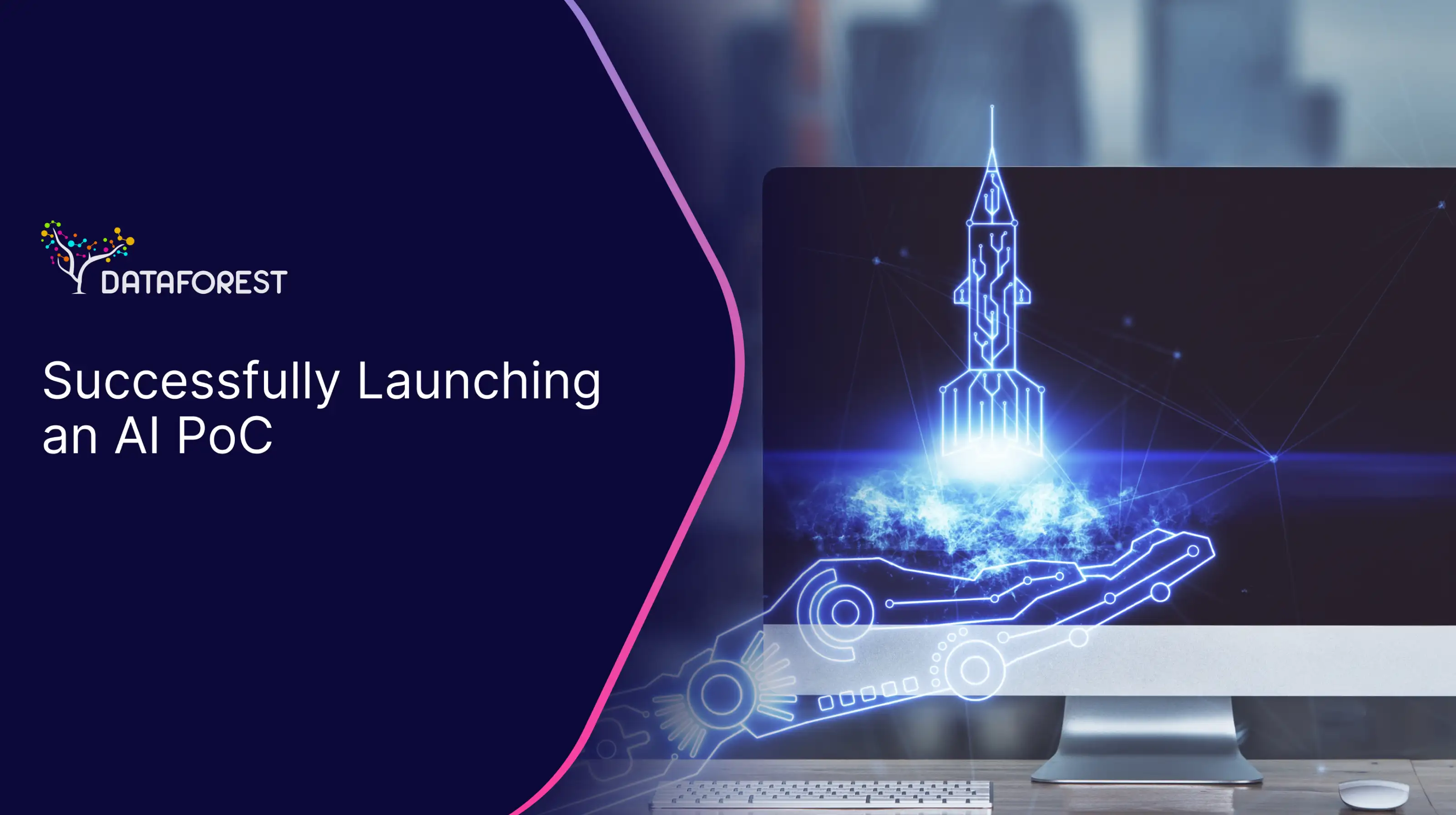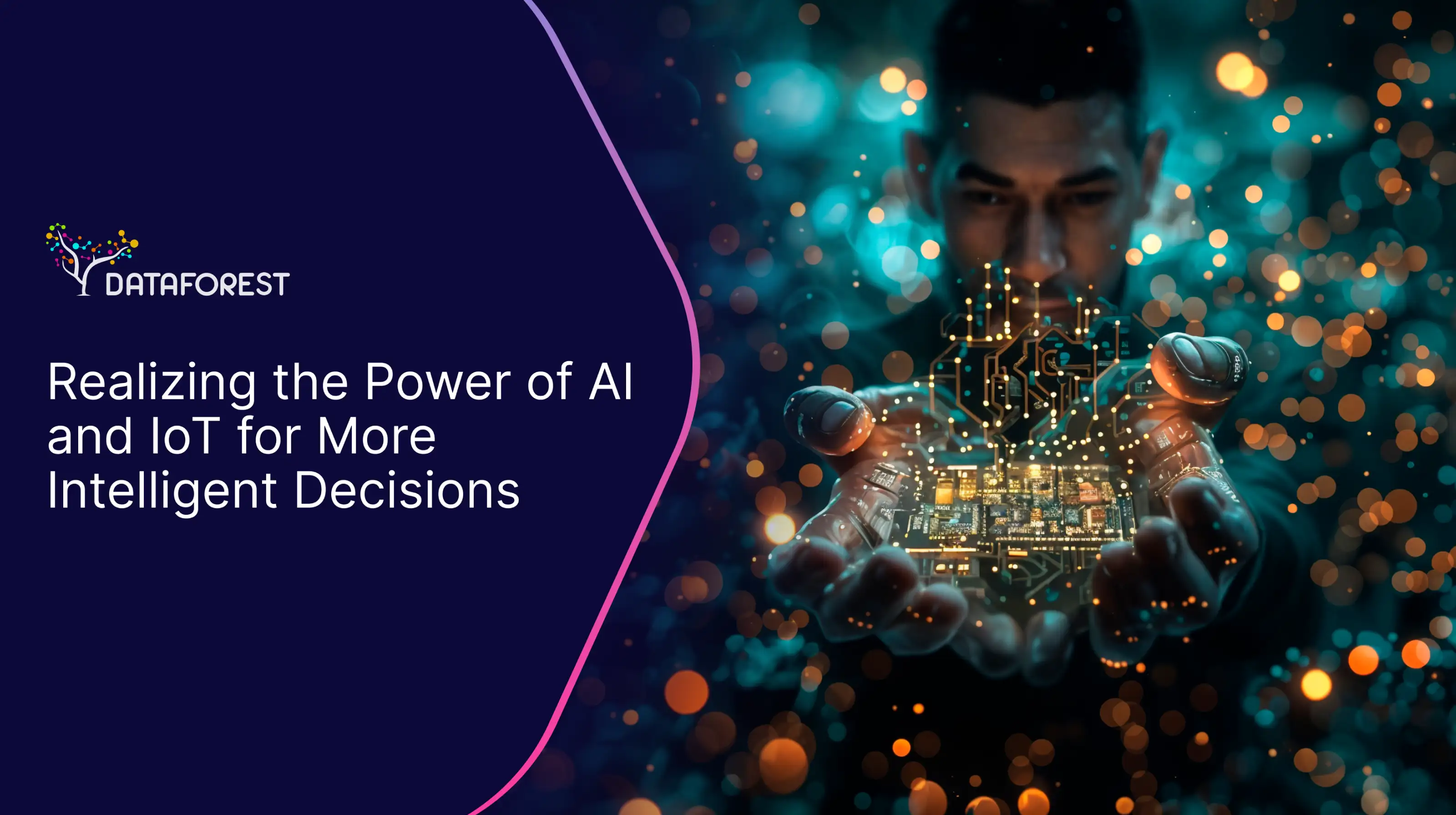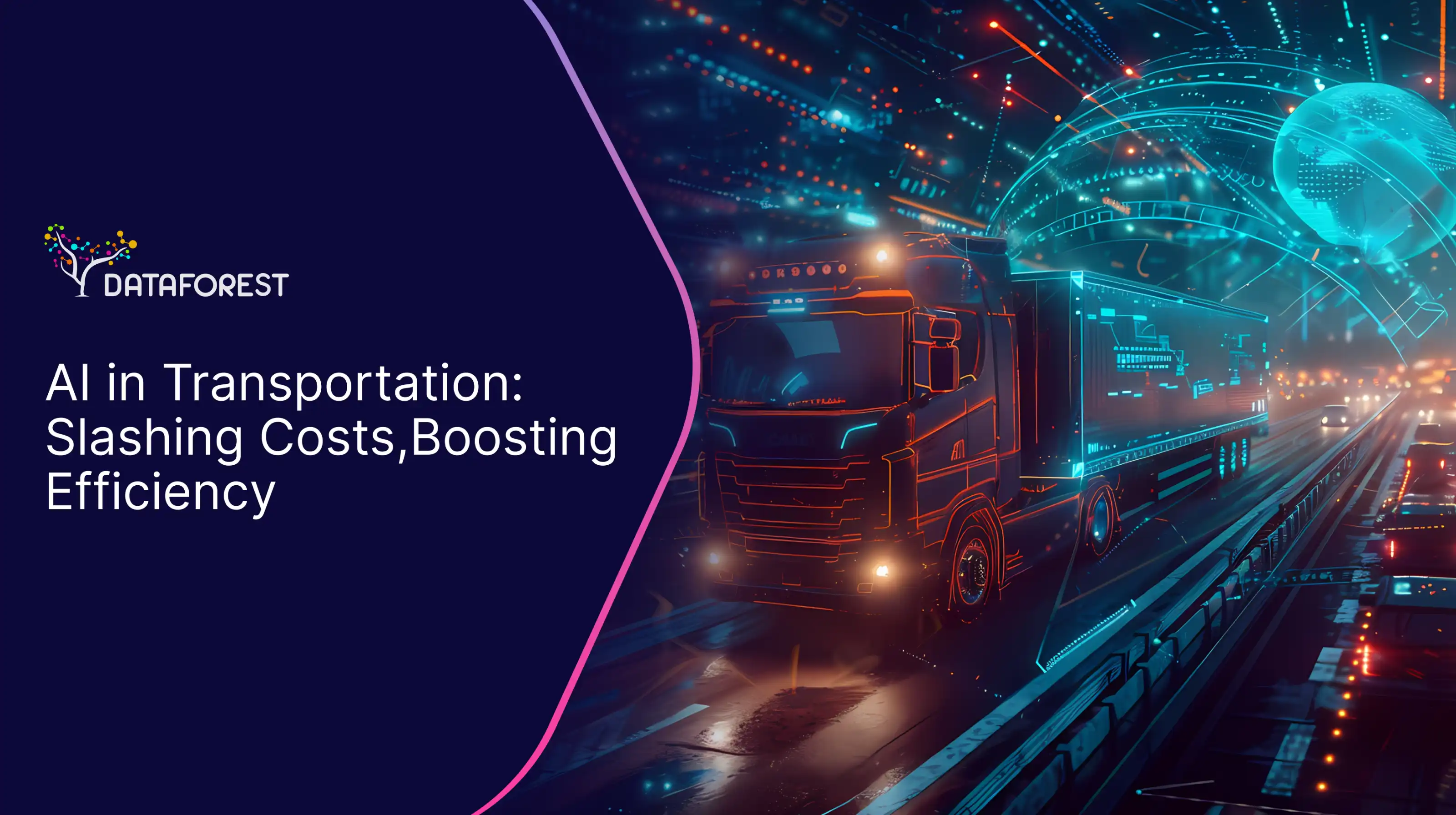For those Doubting Thomases of the brainwashing power of digital algorithms, consider that, in comparison to medieval monks who wrote about God in beautifully illustrated manuscripts around the clock, modern monks design and implement web pages for Google 24/7. Machine learning as a strategic initiative is hardly cutting edge for today's online retailers; it is the price of admission. From customizing customer journeys to streamlining labyrinthine supply chains, machine learning in retail is the fuel of efficiency and growth. But the ultimate measure of this engine's ability is determined by one very important standard – accuracy.
An ML model that is 95% accurate is not a 'B+' student; in a market of millions of transactions, that remaining 5% inaccuracy represents millions in lost revenue, excess inventory, and missed opportunities. The difference between a market leader and a laggard often lies in the decimal points of their predictive power. This is not a conversation about esoteric data science; it is a boardroom-level discussion about profitability, market share, and long-term resilience. For C-level executives, understanding and championing the pursuit of higher ML model accuracy is paramount to securing a competitive edge in the digital-first era.
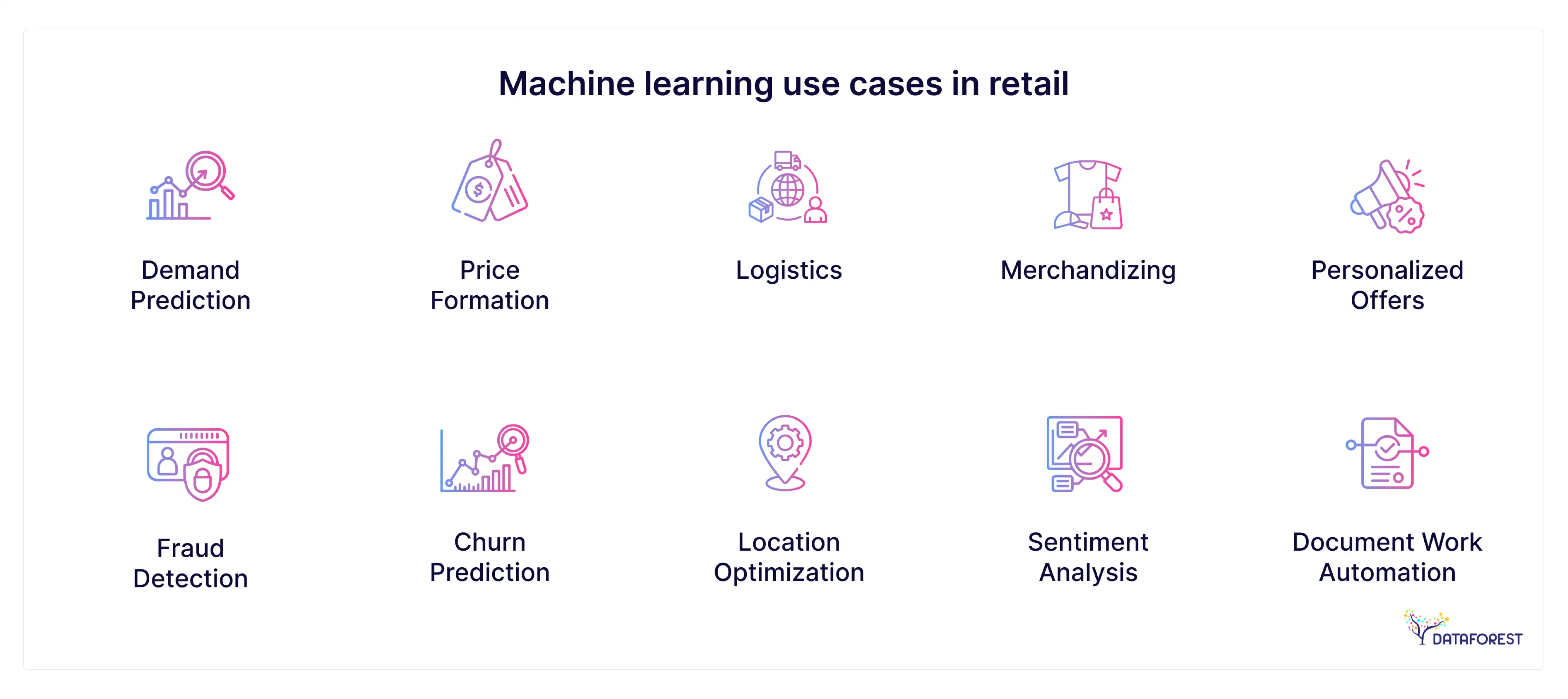
Why Accuracy Drives Retail Success
The demanding parallelism between model accuracy and financial bottom line is hard to shy away from. A perfect demand forecasting model is able to significantly help a business reduce stockouts and overstock – a game of balance that has a direct influence on the bottom line. Retailers around the globe reportedly lose more than $1.1 trillion a year because of what's known as "inventory distortion" that stems from this disconnect, IHL Group reported in 2021. A marginal increase in prediction accuracy can stop that value leakage bucket.
Additionally, keep in mind the financial burden of maintaining a model. Inaccurate models typically can be fixed only with lots of manual interventions and re-training that consume data science resources. It's not just the initial build, it's the total cost of ownership. The more accurate and robust a model is from the outset, the more efficiently it can be maintained through automation in retail ML workflows, freeing up teams to focus on new value-generating initiatives rather than perpetual firefighting. The goal for any machine learning in the retail business is to create systems that are not only powerful but also sustainable.
Why Accuracy of Retail ML Models Always Makes Business Sense?
The promise with such high accuracy is appealing, but the hazard when it's wrong is catastrophic. Bad models not only do not have positive value added, they in fact destroy it." They can result in misplaced marketing campaigns that drive customers away, inefficient pricing strategies that kill margin, and inventory decisions that suffocate cash flow.
Risks of Poor Accuracy
The consequences of a flawed ML model's accuracy ripple across the organization:
- Financial Erosion: Inaccurate demand forecasting leads to capital being tied up in slow-moving inventory or lost sales from stockouts. Flawed customer segmentation models result in wasted marketing spend targeting the wrong audience with the wrong message.
- Supply Chain Fragility: An unreliable forecasting model sends shockwaves through the supply chain. It creates a bullwhip effect, leading to expedited shipping costs, strained supplier relationships, and an inability to respond to genuine market shifts.
- Degraded Customer Experience: If a recommendation engine consistently suggests irrelevant products, it doesn't just fail to convert; it actively signals to the customer that the brand doesn't understand them. This erodes loyalty in an Online Retail environment where switching costs are virtually zero.
To mitigate these risks, enterprises must implement robust governance measures. This includes clarifying who owns models, building frameworks around the ethical use of AI, and setting up automated monitoring to get them to a point where they can incorporate degradation in performance. As described in best practice guides, like the one produced by AlmetaCloud, rigorous governance ensures that ML-driven outcomes won't only be accurate but also reliable, transparent, and consistent with business goals.
Key Factors Affecting ML Model Accuracy
Achieving best-in-class accuracy is not a matter of simply deploying a powerful algorithm. It is a holistic challenge that begins with the foundational elements of data and strategy.
Data Quality and Availability
Garbage in = garbage out. People who think that getting high-quality results from an advanced algorithm is mostly about the high-performance of their hardware are kidding themselves. The "garbage in, garbage out" principle is the irrefutable law of machine learning. This task is compounded for e-commerce due to disparate silos of information - transactional data lives in an ERP, clickstream information in an analytics platform, customer data resides within a CRM, and supply chain details are maintained in another system.
Effective data preprocessing for ML and a robust data integration strategy are non-negotiable first steps. This process means cleaning, standardizing, and harmonizing all these different data sources into one single source of truth. Retailers that do not invest in modern ML infrastructure to support such data pipelines are playing a losing strategic hand, as they will build AI solutions on top of complicated infrastructure, and it will become impossible for them to compete with other companies that have built theirs one more year further ahead on their data. Utilizing modern machine learning tools for data pipeline automation, like those offered in DATAFOREST's Data Integration services, is critical to creating this solid foundation.
Feature Engineering and Domain Relevance
Raw data rarely tells the whole story. Feature engineering in retail ML is the art and science of transforming raw inputs into features that provide predictive power. For example, rather than only leveraging last_purchase_date, a good data scientist will engineer features such as recency (days since last purchase), frequency (total number of purchases in an interval), and monetary_value (sum spent), among other things. This appreciation of the RFM framework gives rise to the more subtle signals from customer behavior that rely on more than just raw facts. This is the part of the process where deep domain expertise — in this case, an understanding of the retail business itself — is necessary to figure out which signals are genuine.
Model Selection and Algorithm Suitability
The ML model space is huge and includes simple statistical models all the way to deep learning networks. There is no one-size-fits-all "best" algorithm. The best choice largely depends on the particular problem, the data, and business constraints (e.g., interpretability in credit scoring). An LSTM neural network could potentially outperform a classical ARIMA model for machine learning in the retail industry, such as demand forecasting, by creating even more complex seasonal trends. By contrast, if you are doing a straightforward customer churn prediction, you may need a more interpretable model, such as Logistic Regression or Random Forest.
Continuous Learning and Model Drift
An ML model is not a static product; it's a live system working in an always-changing context. The lessons it learned by crunching last year's data may not apply anymore. That's model drift at work, and it is the number one killer of accuracy. It's not just that customers' tastes change, but also that new competitors enter the market, and macroeconomic conditions evolve.
Without a framework for persistent learning, even the most accurate model will quickly become outdated. This requires implementing robust monitoring to detect drift and a pipeline for retraining the model with real-time data for model training. An agile MLOps culture is essential to ensure models adapt at the speed of the market.
Best Practices to Improve ML Model Accuracy
Improving accuracy is an ongoing discipline, not a one-time project. It requires a commitment to excellence across the data-to-deployment lifecycle.
Data-Centric Strategies
Often, the most significant gains in accuracy come not from tweaking the model but from improving the data it learns from. A data-centric approach involves:
- Augmenting Internal Data: Enriching your own transaction and behavioral data with external sources can unlock new predictive power. This includes incorporating data on competitor pricing, local weather patterns (which impact foot traffic and product demand), social media trends, and economic indicators.
- Supplementing Internal Data: By layering your transactional or behavioral data with external sources, you can discover new predictive capability. This can involve using competitor pricing data, local weather patterns (which affect foot traffic and product demand), social media trends, and economic indicators.
- Data Synthesis: In situations where there is not enough data (for example, the launch of a new product), generative AI can be leveraged to generate realistic synthetic data, allowing the model to have more examples for learning.
- Investing in Data Quality: Implement automated data quality checks and anomaly detection within your data pipelines to ensure the model is always trained on clean, reliable information. This is foundational to any successful predictive analytics or demand forecasting initiative.
Advanced Modeling Techniques
While data is foundational, advanced modeling techniques can provide a decisive edge.
- Ensemble Methods: Instead of relying on a single model, ensemble methods (like Random Forests and Gradient Boosting) combine the predictions of multiple models to produce a more robust and accurate result.
- Deep Learning: For complex problems with vast datasets, such as image recognition for visual search or natural language processing for sentiment analysis, deep learning models often deliver state-of-the-art performance.
- Generative AI: The latest AI-powered retail solutions leverage generative models for everything from creating hyper-personalized marketing copy to generating product descriptions at scale. As explored in DATAFOREST's insights on Generative AI Agents, these tools are redefining the boundaries of automation and personalization.
Monitoring and Retraining
Having a fire-and-forget model deployment is a recipe for disaster. A systematic plan for surveillance and retraining is essential.
- Automated Performance Monitoring: Create dashboards that accept relevant accuracy measures (MAE for forecasting, F1-score for classification, etc.) in real time. Configure the alerts to keep users informed if any systems go below a certain performance level.
- Champion-Challenger Approach: Test at regular intervals your production model ("champion") against new models ("challengers") trained with fresher data or a different algorithm. If a challenger continues to beat the champion, it is promoted to production. This disciplined process of real-time retail analytics ensures your models evolve and improve over time.
- Scheduled and Trigger-Based Retraining: Establish a cadence for regular model retraining (e.g., weekly or monthly) while also building triggers for ad-hoc retraining based on concept drift detection. This approach optimizes both performance and computational cost.
Tools and Technologies for Enhancing Accuracy
Supporting these best practices requires a modern, scalable technology stack.
Data Processing and Integration
This layer is about creating a reliable flow of high-quality data. Key tools include cloud data warehouses like Snowflake or Google BigQuery for centralized storage, data pipeline tools like Apache Airflow or dbt for transformation, and platforms like Fivetran for seamless data ingestion from hundreds of sources.
Model Development and Experimentation
This is the data scientist's workbench. Python remains the lingua franca, with libraries like Scikit-learn, TensorFlow, and PyTorch forming the core of the toolkit. Platforms like Databricks and Amazon SageMaker provide collaborative environments that unify data engineering, model development, and MLOps, accelerating the path from experiment to production.
Real-Time Analytics and Insights
For machine learning in the retail business, insights must be delivered in real time to be actionable. This requires streaming data platforms like Apache Kafka to process events as they happen and powerful visualization tools like Tableau or Power BI to present complex model outputs in an intuitive format for business decision-makers.
Case Example: Retailer Boosting Accuracy with Data-Driven Solutions
The hypothetical advantages of the accuracy start to make sense when they are put into a practical context. An example is what DATAFOREST did for a global retailer that was having problems with inventory control.
- Client Problem: The client is a leading player in the online and offline retail landscape, and was bearing heavy losses because of errors in demand forecast. Their systems could not handle these complex variables - promotions, seasonality, and local events - leading to frequent stockouts of popular items and overly expensive overstocking of others.
- Solution: DATAFOREST developed a sophisticated, AI-driven forecasting system. The solution involved integrating dozens of disparate internal and external data sources into a unified cloud data warehouse. An ensemble of machine learning models was developed to generate forecasts at a granular SKU/store level, capturing complex patterns that the previous system missed. The entire workflow was automated, from data ingestion to model retraining and reporting.
- Result: The impact was transformative. The new system delivered a 25% improvement in forecasting accuracy. This directly translated into a $142 million reduction in lost revenue and inventory costs within the first year. This case, detailed in AI Forecasting That Saved $142M, is a testament to how targeted improvements in ML accuracy can drive staggering financial outcomes.
How Organizations Can Begin Improving ML Model Accuracy
There must be a planned effort for companies to leave basic ML and get on the path toward industry-leading accuracy.
Step 1: Audit Existing Data and Models
Start by giving yourself a complete analysis of where you are now. Access the quality of your data sources, performance of your current models towards business KPIs, and maturity of MLOps. Figure out which models are contributing the most to the business pain due to inaccurate predictions.
Step 2: Define Retail-Specific Accuracy KPIs
Generic accuracy metrics are not enough. Define KPIs that are directly tied to business outcomes in your retail industry context. For a pricing model, this might be a margin lift. For a recommendation engine, it could be click-through rate and average order value.
Step 3: Build a Scalable Data & ML Infrastructure
Invest in a modern, cloud-based infrastructure that can support the entire ML lifecycle. This platform should break down data silos, enable rapid experimentation, and automate the deployment and monitoring of models at scale. This is a foundational investment in your company's future analytical capabilities.
Step 4: Partner with a Trusted AI/ML Development Team
Building and maintaining high-accuracy ML systems requires a rare combination of skills: deep data engineering expertise, advanced data science knowledge, and strong business acumen. Partnering with a specialized firm can de-risk the initiative and dramatically accelerate your time-to-value.
Why Partner with Experts Like DATAFOREST
Working with enterprise-grade AI is more than hiring a few data scientists and buying a tool. It requires a company with experience in delivering measurable business value. We Take An Integrated Approach Based on DATAFOREST's collective years in the bandwidth and telecom sectors. We bring both deep technical expertise and business-first strategy to our customers.
Learn more about our team on the About Us page — elite data engineers, ML specialists, and solution architects who solve typical problems around the retail industry. We don't just model; we build end-to-end, scalable, and robust AI systems that become part of the fabric for your business. From building next-generation Warehouse Automation Solutions, to rolling out premier Generative AI deployments - We're committed to delivering data science that becomes real financial change.
Ready to unlock the next level of performance for your retail business? Book a consultation with our experts to explore how we can elevate your ML model accuracy and drive transformative growth.
The Path Forward: From Data to Dominance
In the landscape of digital retail, data is the new currency, and machine learning is the engine that converts it into profit. However, the performance of that engine hinges entirely on accuracy. Improving ML model accuracy is not an incremental technical tweak; it is the single most impactful lever online retailers can pull to enhance efficiency, delight customers, and build a sustainable competitive advantage. The journey from data-rich to insight-driven requires a strategic commitment to data quality, advanced modeling techniques, and continuous improvement. The leaders in the next era of commerce will be those who master this discipline.
Frequently Asked Questions
How can improving ML accuracy directly impact retail revenue growth?
Improved accuracy directly fuels revenue in several ways. More accurate recommendation engines increase cross-sells and up-sells, boosting average order value. Precise customer behavior prediction enables personalized marketing campaigns with higher conversion rates. Finally, accurate demand forecasting minimizes stockouts, ensuring that revenue is not lost due to unavailable products, a critical factor for success in the competitive ecommerce industry.
How does inaccurate ML forecasting affect supply chain resilience?
Inability to forecast properly is also a leading source of fragility for the supply chain. Over forecasting leads to an obese inventory, not only tying up too much capital but also leading to higher holding costs. Under-forecasting leads to stockouts that entail costly expedited delivery and can spoil supplier relations due to last-minute ad-hoc orders. This variability – conditioned on Advanced Planning Systems (in the DATAFOREST's work, we have dealt with them) – transforms the supply chain into a creature that under any shock of the market will perish.
What are the cost implications of retraining ML models too frequently?
While necessary, excessively frequent retraining can lead to significant costs. These include high computational expenses (cloud computing bills for training complex models), extensive data scientist hours diverted from new projects to maintenance, and the risk of introducing instability into the system. As highlighted in guides like this one from MoldStud, the key is to implement intelligent, automated retraining triggers based on performance degradation rather than a blind, fixed schedule.
What governance measures ensure reliable ML outcomes in retail ML systems?
Effective governance includes several key pillars:
- Model Explainability (XAI): Using tools and techniques to understand why a model makes certain predictions, which is crucial for debugging and building business trust.
- Bias and Fairness Audits: Regularly testing models to ensure they do not produce discriminatory outcomes against protected customer groups.
- Version Control and Lineage: Maintaining a clear record of model versions, the data they were trained on, and their performance over time.
- Access Control and Security: Ensuring that only authorized personnel can alter or deploy models.
How can integrating external data (competitor pricing, weather, social media) boost accuracy?
External data broadens the perspective that internal data lacks. Pricing Well. For instance, pricing data - like that of a competitive promotion - has an immediate effect on your sales. An unexpected heat wave (weather data) can cause a spike in demand for summer clothing. A new TikTok trend (social media data) could suddenly make one product hot. By adding all these extrinsic signals, ML models can learn the "why" behind shifts in customer behavior and create significantly better forecasts. This is a core component of many advanced AI-powered retail solutions.
What risks do retailers face if they delay upgrading ML infrastructure?
Delaying infrastructure upgrades creates significant competitive risk. Legacy systems often cannot handle the volume and velocity of modern data, leading to slow and inaccurate models. They lack the scalability to support advanced techniques like deep learning and often inhibit collaboration between data teams. This technical debt translates directly into business opportunity cost, as competitors with modern stacks can innovate faster and make more intelligent, data-driven decisions. This concept is further explored in discussions on digital transformation.
How can retailers choose the right AI/ML development partner?
Look for a partner, not a vendor. The right partner should demonstrate deep expertise in machine learning in the retail domain, not just general AI skills. Look for their case studies that prove the delivery of payback. Evaluate technical depth in data engineering, MLOps, and sophisticated modeling. Finally, be sure that they embody a collaborative, transparent engagement model focused on enabling you to create a long-term dependency. If you would like more information, please feel free to get in touch with our team to discuss your requirements.


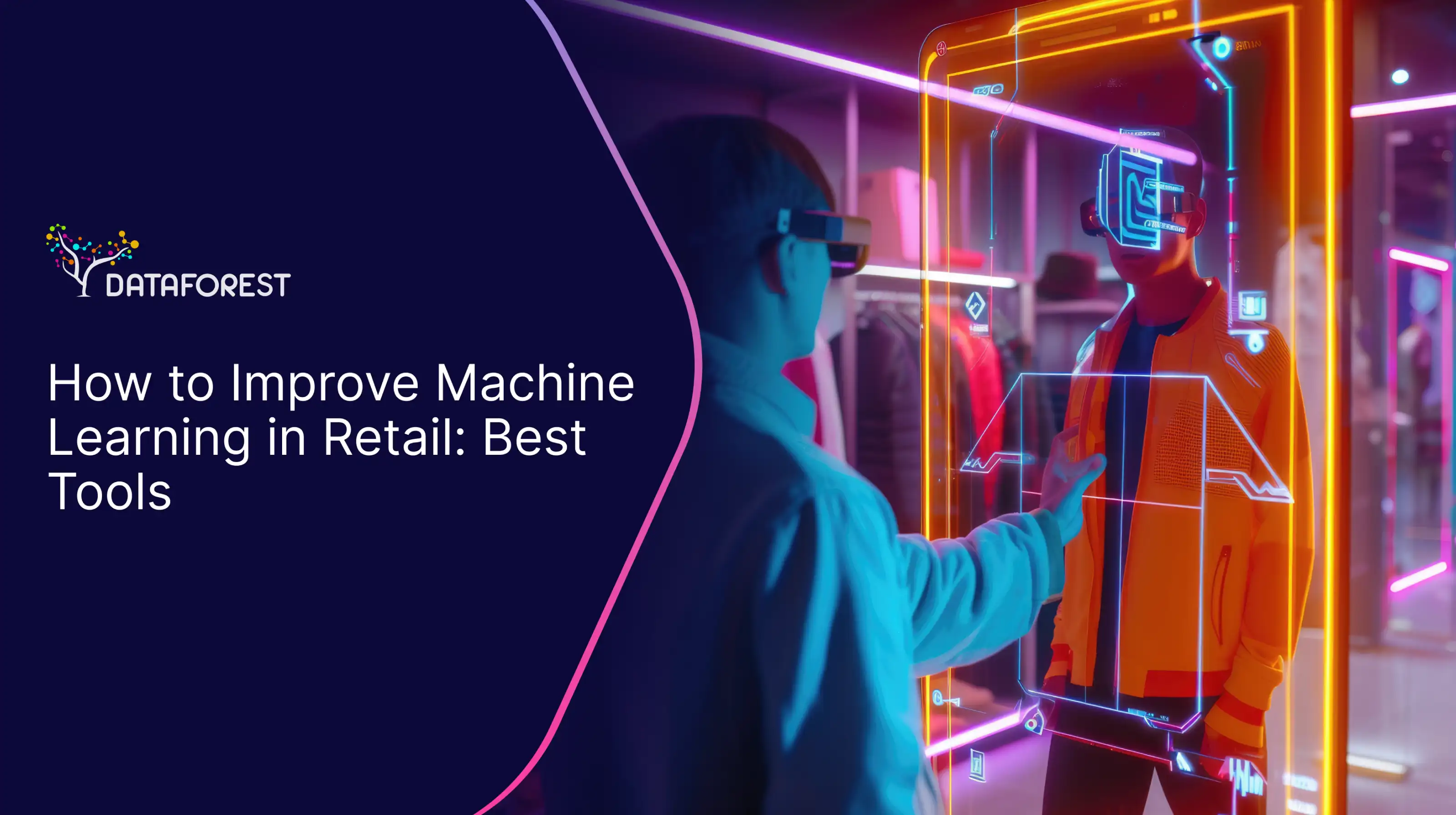


.svg)
.webp)
